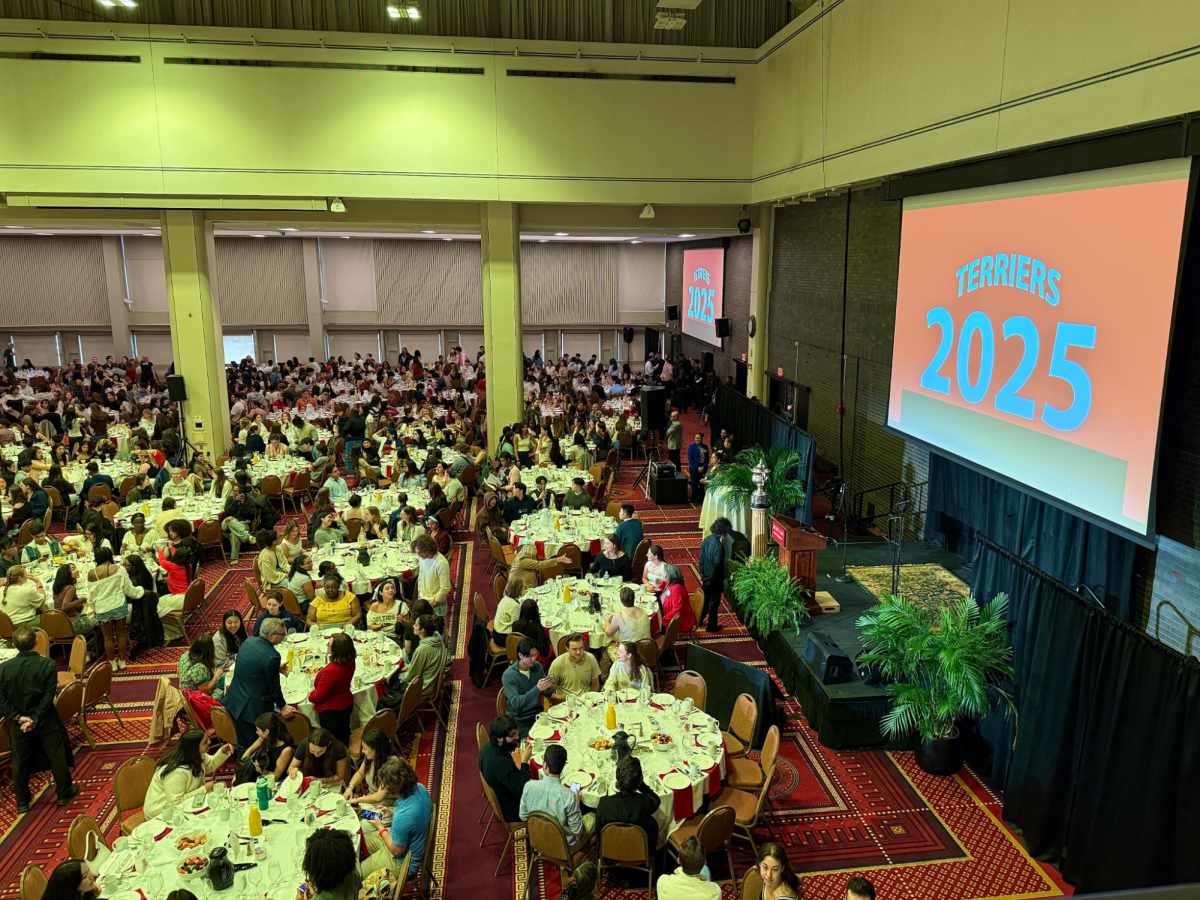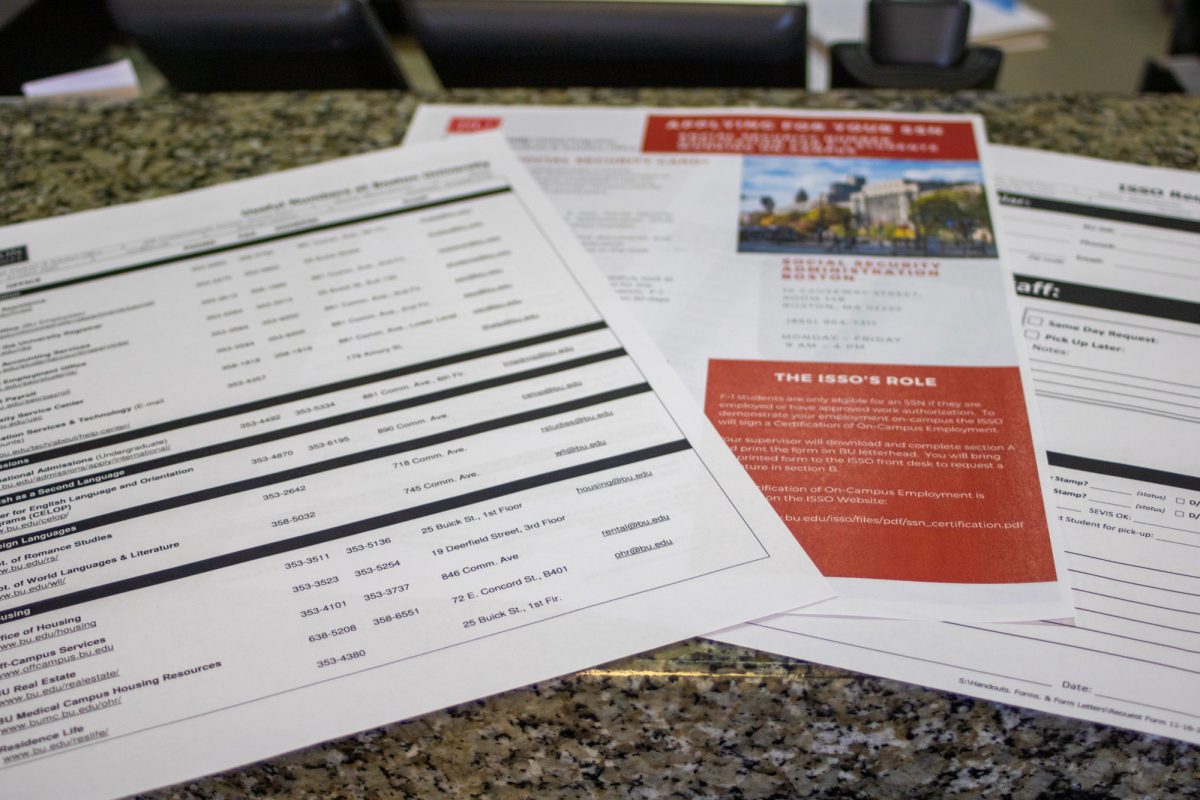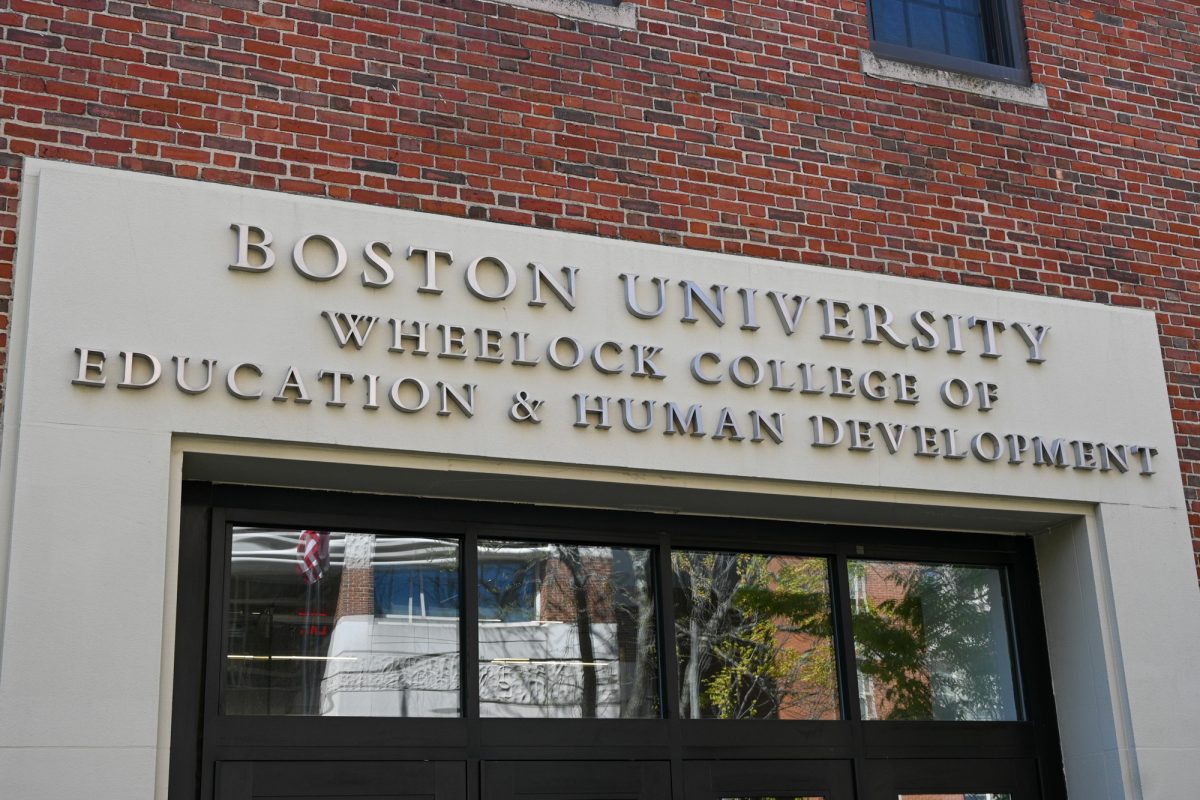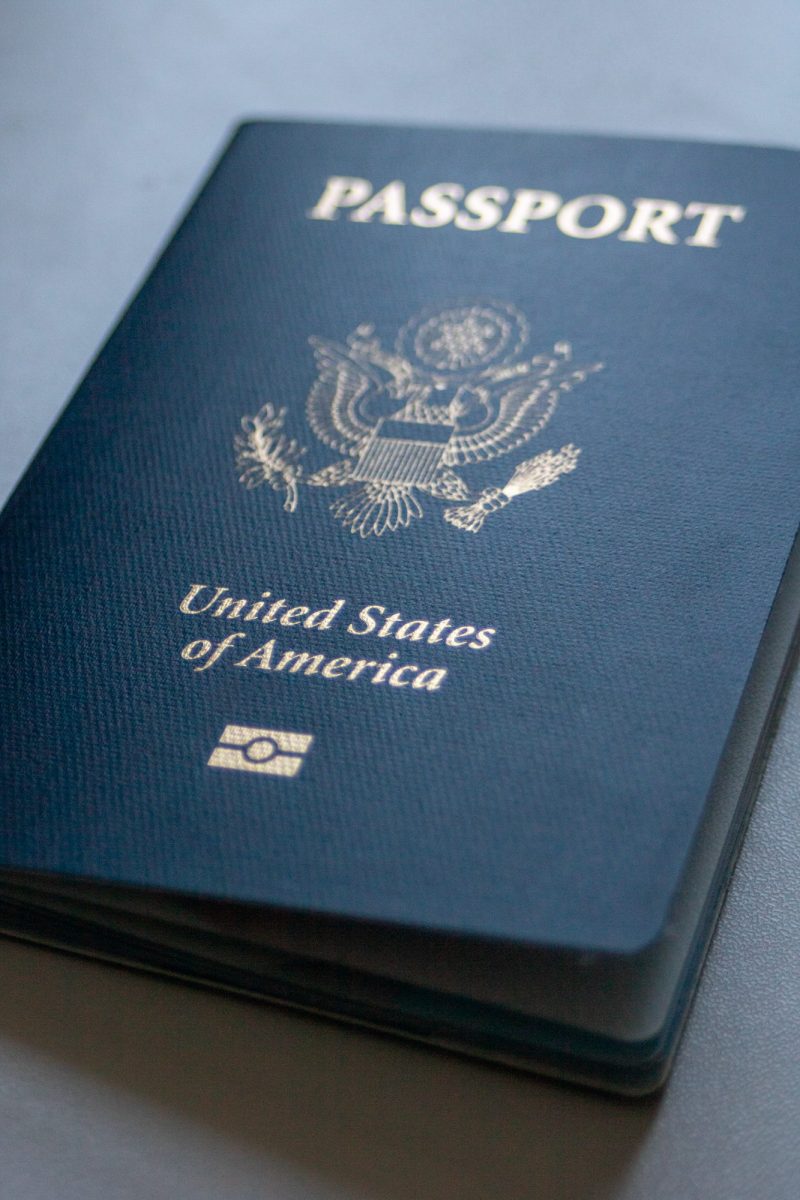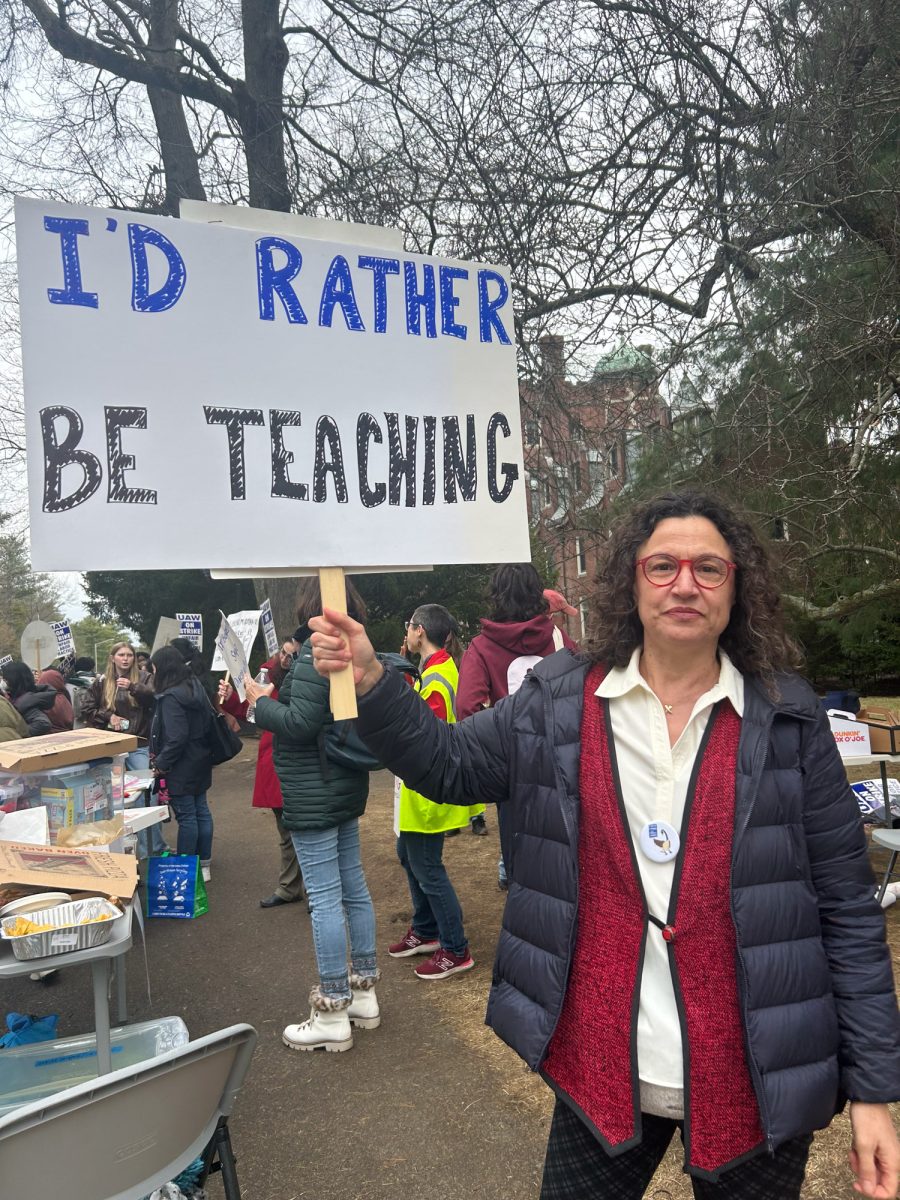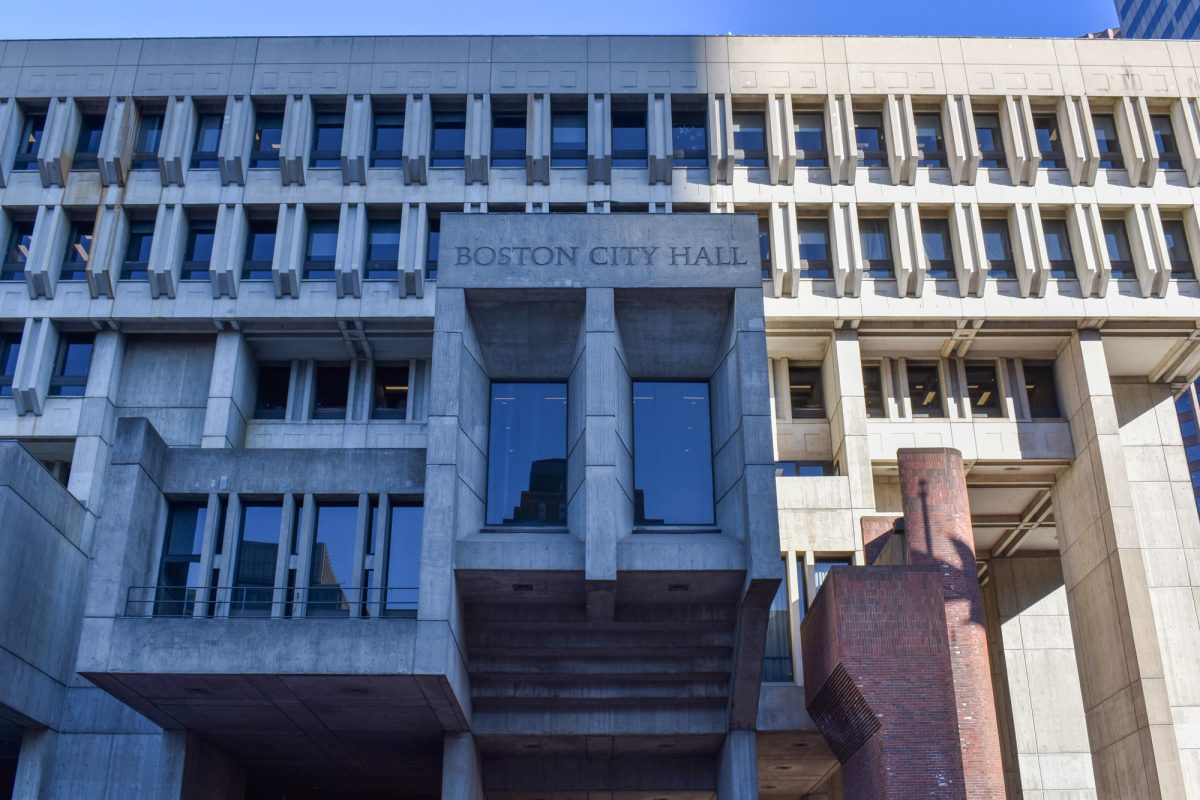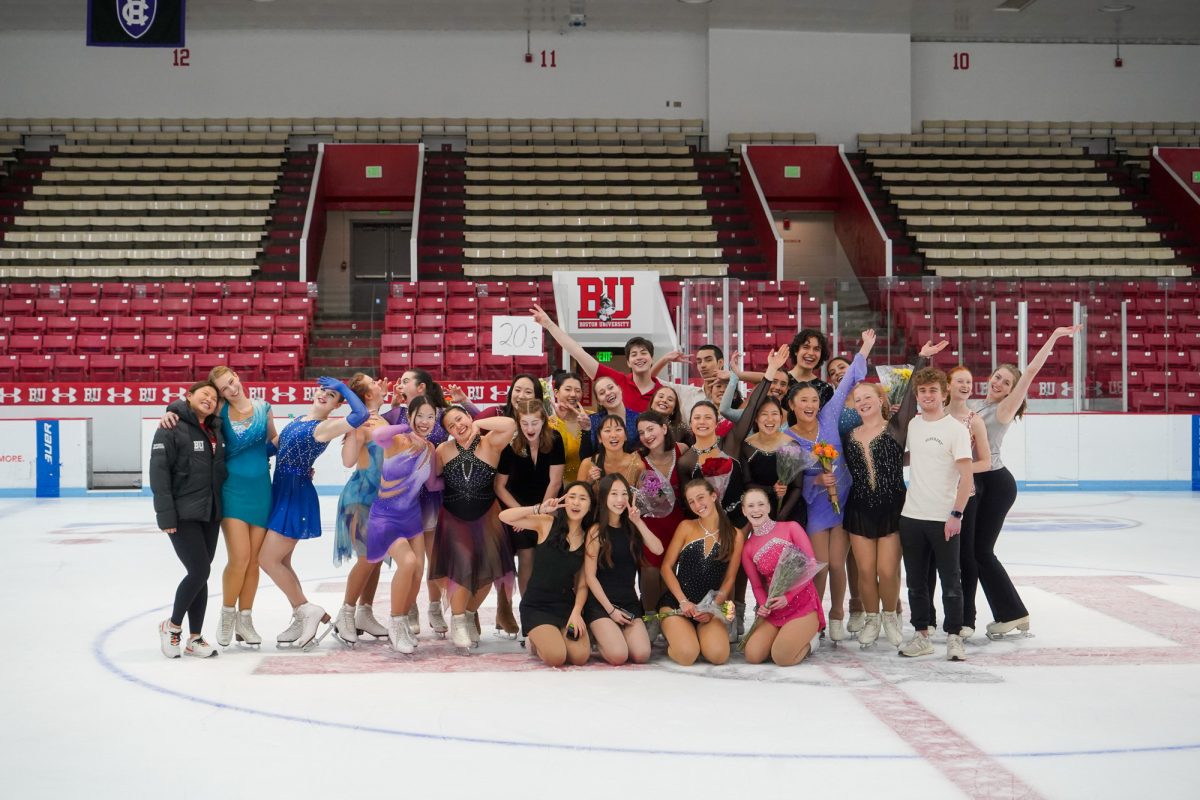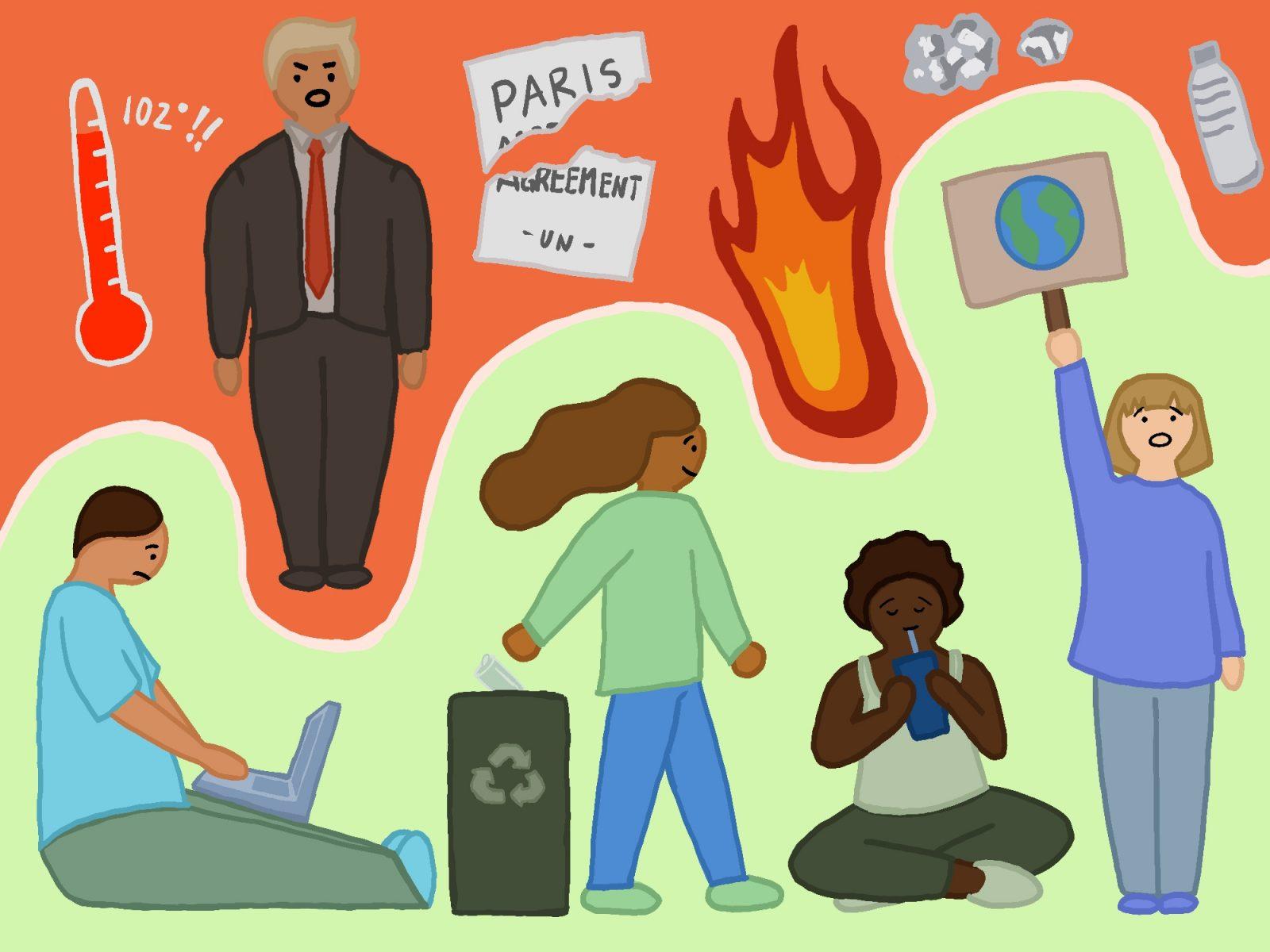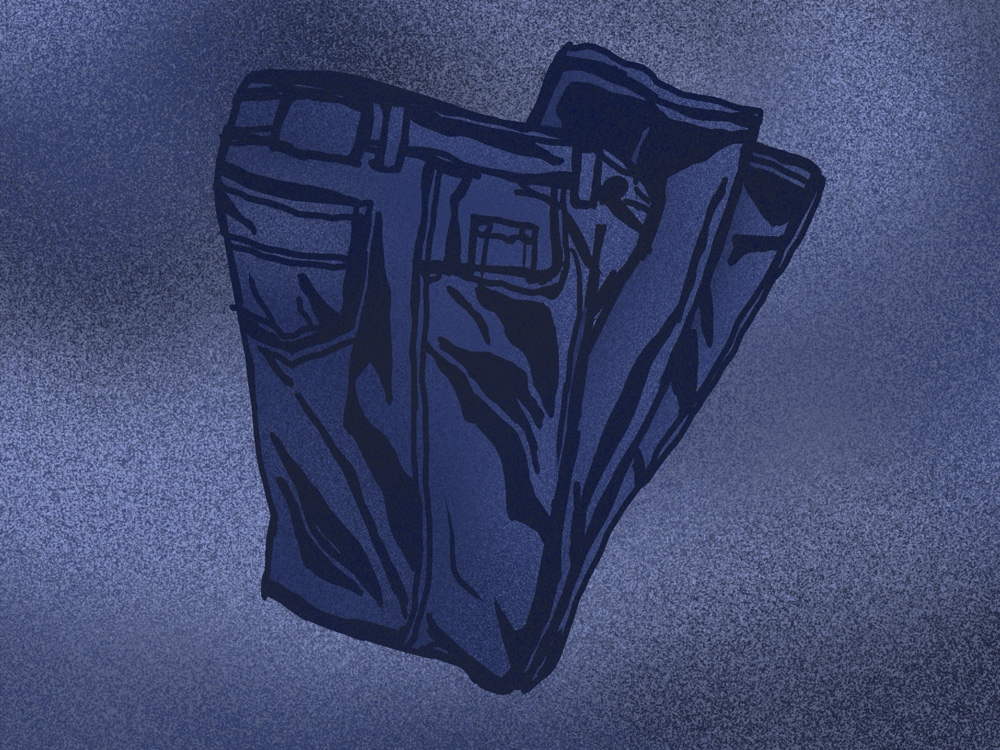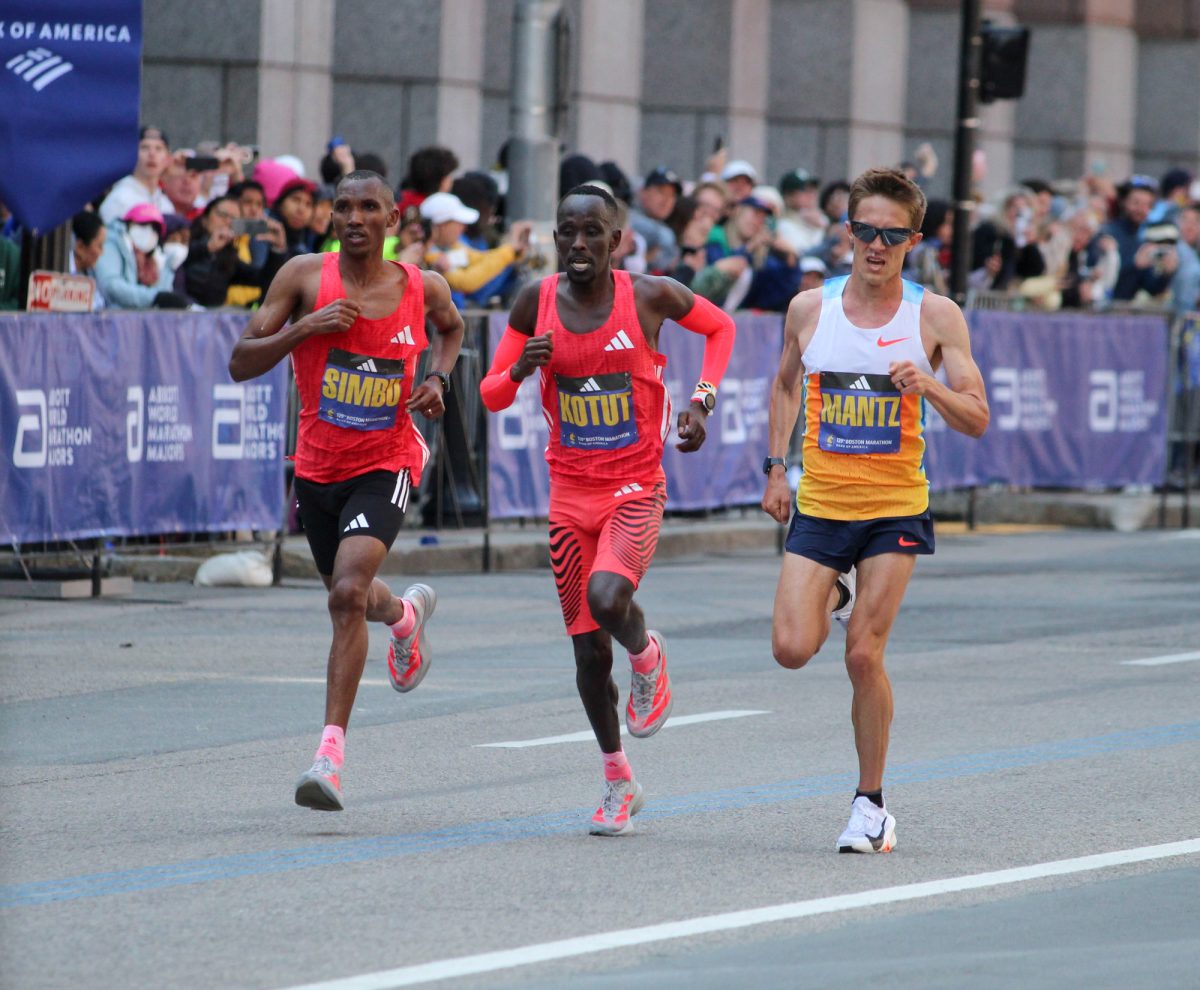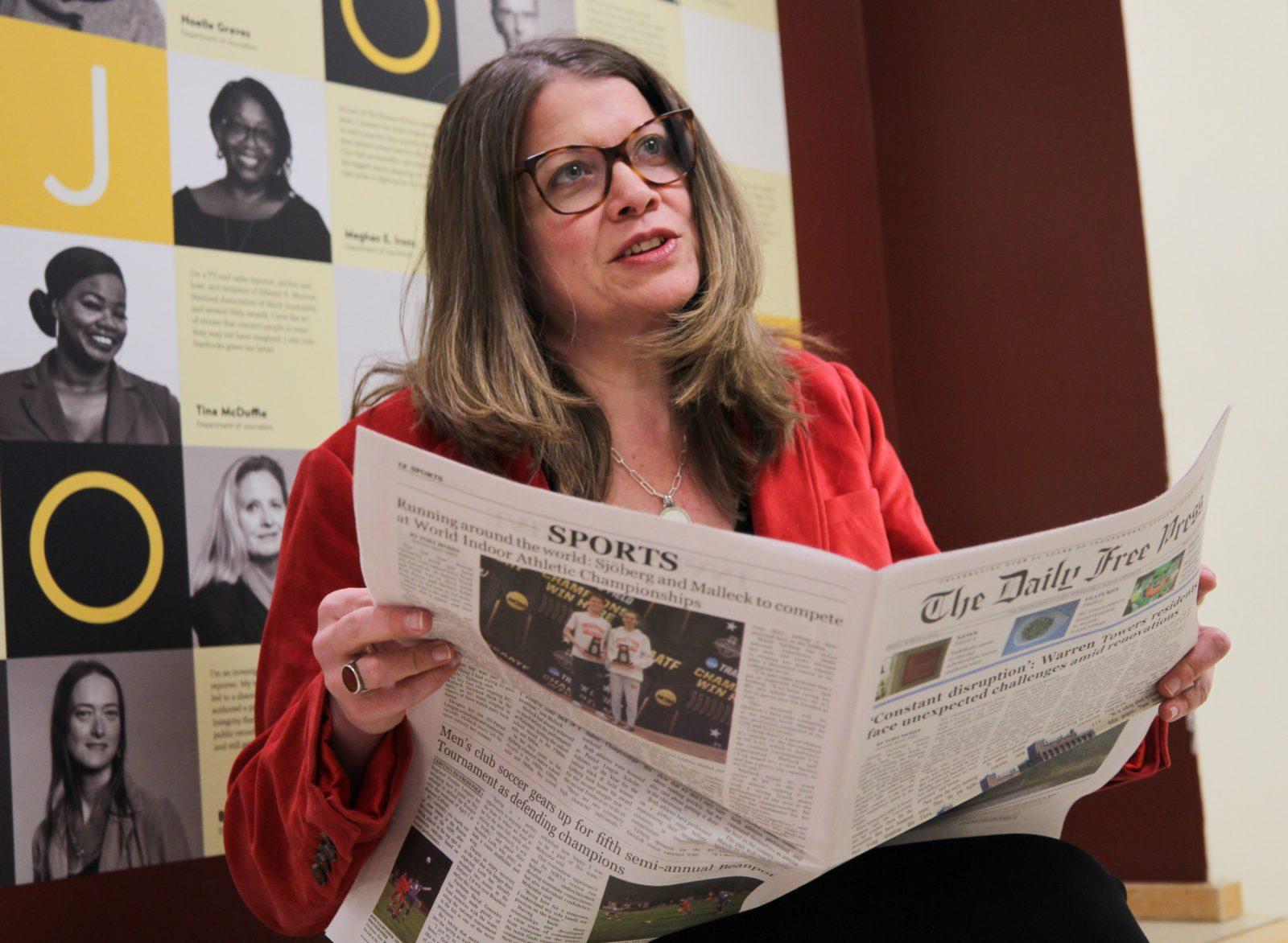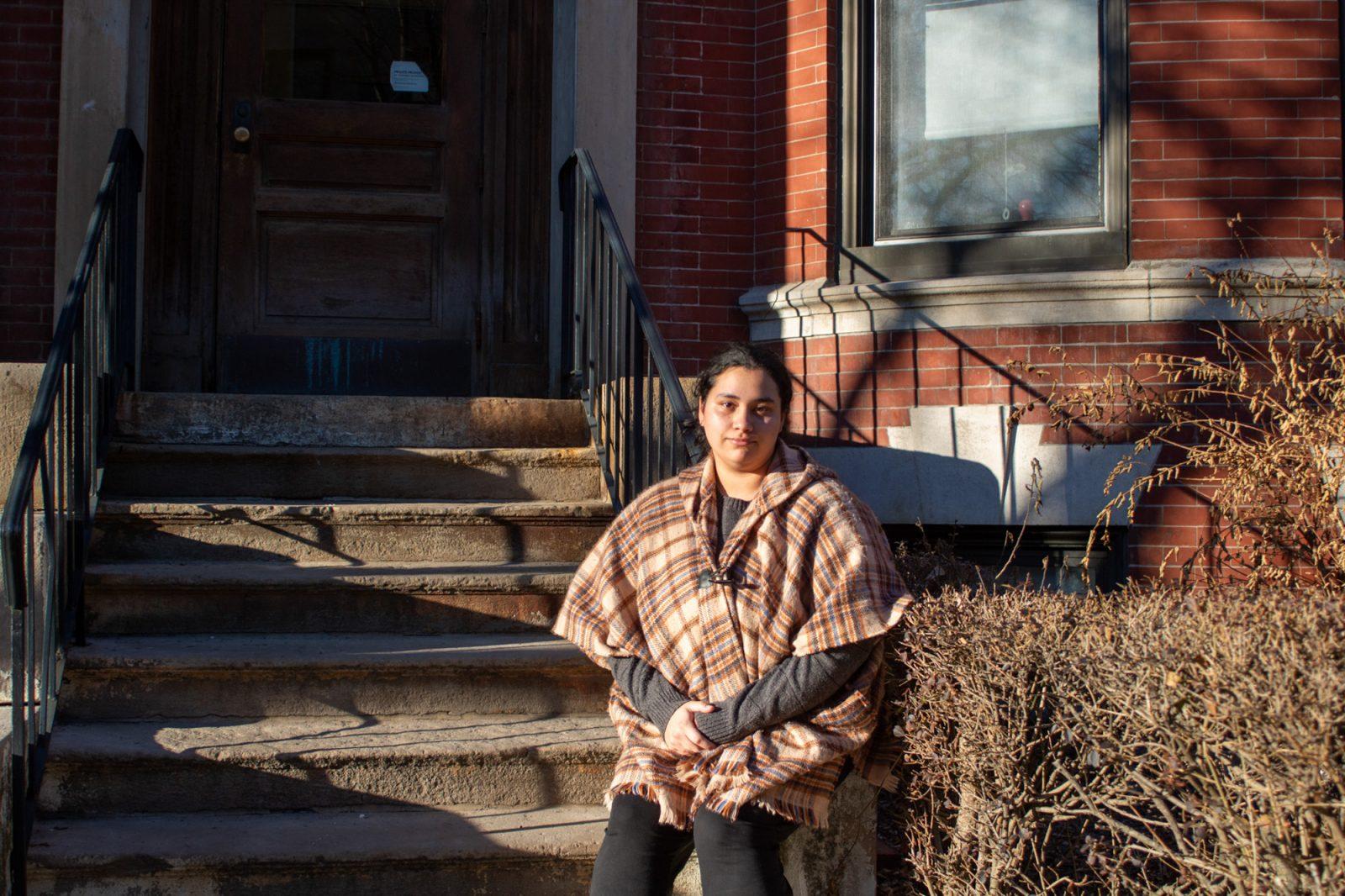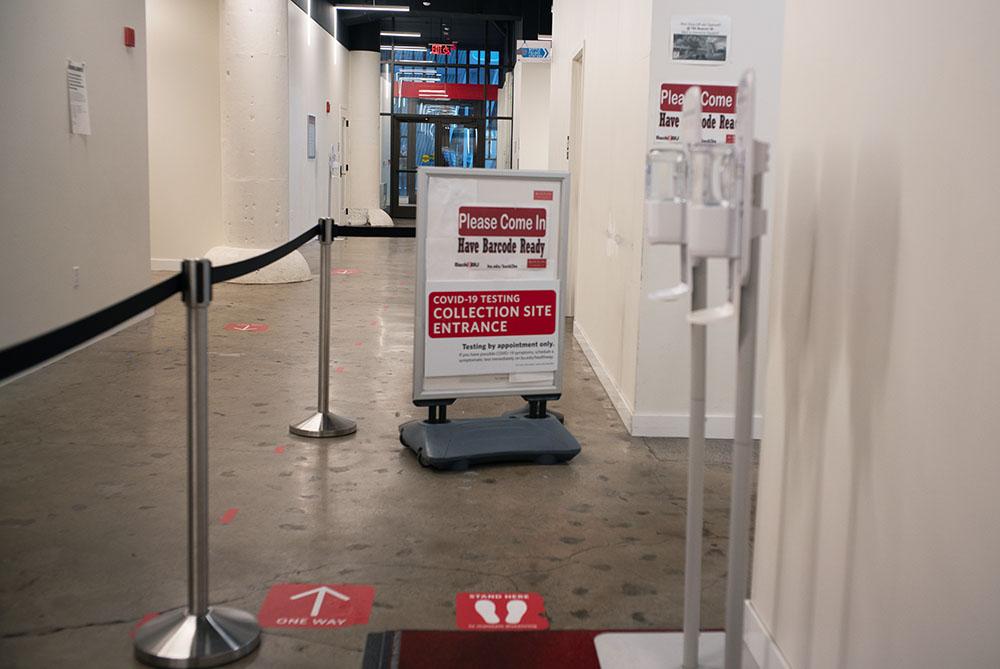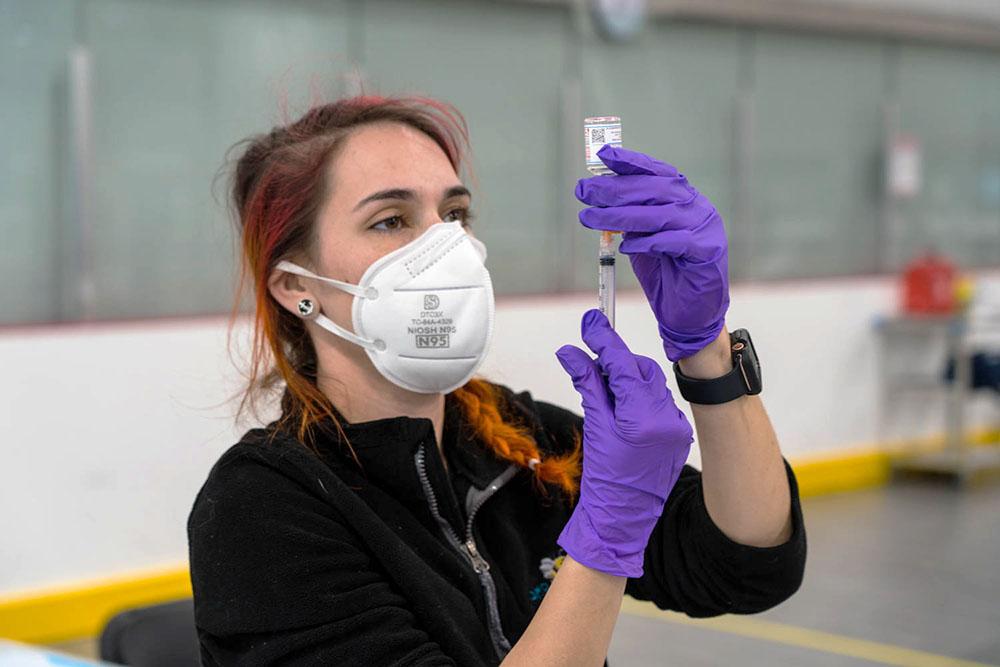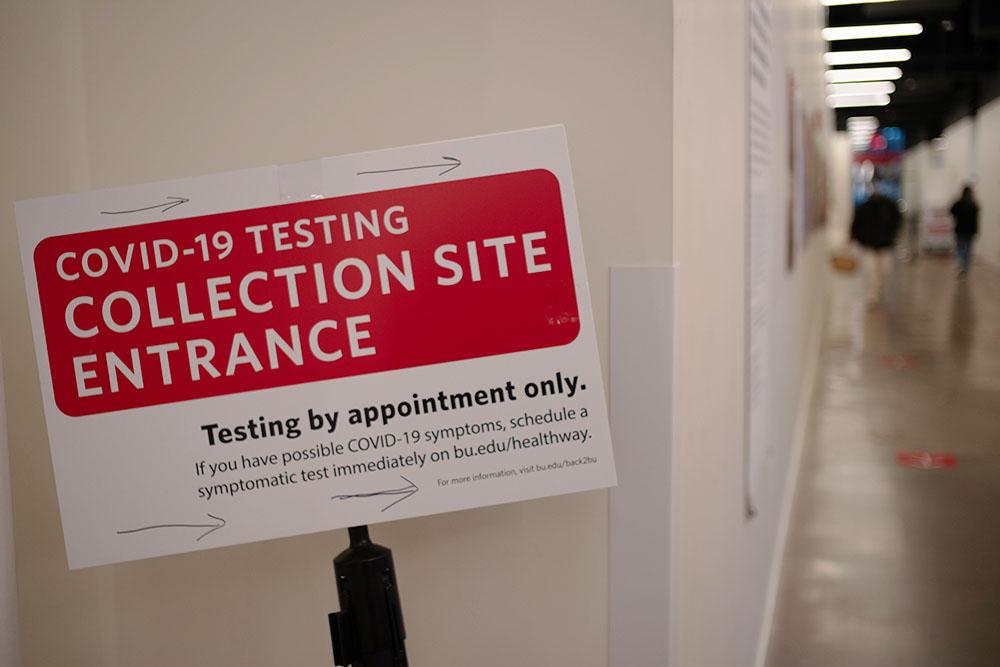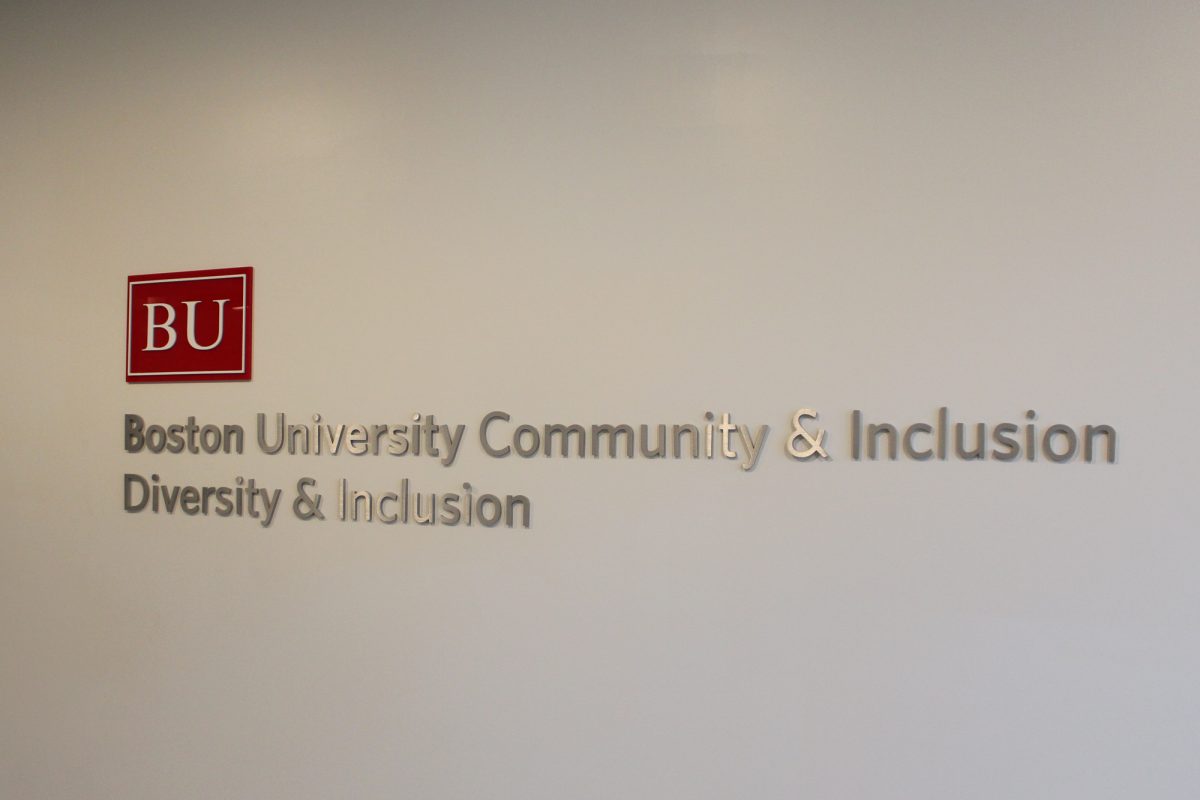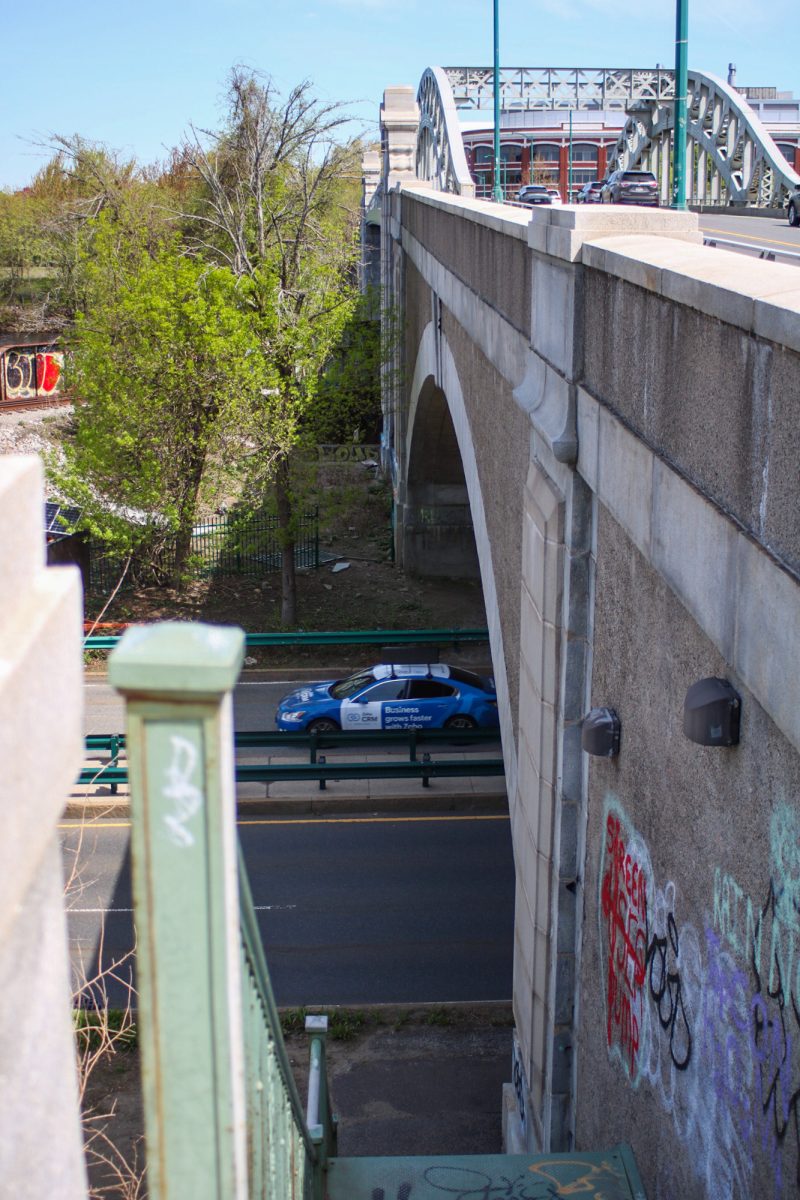Streets that stood barren this summer, save for the occasional lone jogger, are now bustling with students. Restaurants shuttered months ago have filled outdoor tables with college-aged patrons.
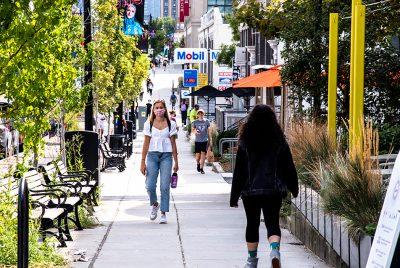
As the fall semester concludes at schools across the state, data sourced from the Massachusetts Department of Public Health show a steeper rise in the number of new coronavirus cases per day than the number of new tests given per day.
Yet some Boston residents said the reality of college students’ return beats the catastrophe they had expected.
City Councilor Kenzie Bok of District 8, which encompasses Boston University’s campus, sent a letter to BU and Northeastern University in August expressing her constituents’ concerns that out-of-state students would bring an influx of new cases.
Although her ideal solution was for administrators to not invite students back to campus at all, Bok said, both universities responded with extensive information about their testing protocols and safety campaigns.
“What’s good about that is they got everybody here without, I think, contributing in a major way to COVID incidents,” Bok said. “I don’t think that would have been true if the schools had not stepped up with the degree of testing resources that they did.”
For 58-year-old Joan Carragher, the sight of students was bittersweet. Carragher lives in a pocket of Back Bay that borders the South End, and she represents her neighbors as president of the Saint Botolph Neighborhood Association.
“The positive feeling of seeing more people out and about made things feel a little more normal,” Carragher said.
But residents in the district, nestled blocks away from NEU, were initially “very nervous” about the return of students to Boston, she said. Many are around 60 years old, making them particularly vulnerable to severe cases of COVID-19.
When the association reached out to NEU, however, administrators were receptive to their concerns about potential social gatherings, according to Carragher. She said University officials posted signs around the neighborhood encouraging adherence to public health protocols.
Residents then noticed when NEU suspended 11 freshmen in September for gathering in a room at The Westin Copley Place, where the University is housing some students this year. Carragher said the “aggressive” disciplinary response demonstrated the school’s commitment to upholding safety standards.
Elliot Laffer, 71, chairs the Neighborhood Association of the Back Bay, wedged between The Westin and BU student residences. He said he held strong apprehensions at first about the influx of young people to the city during a pandemic — but has not heard complaints since the semester began.
Laffer and Carragher said their observations throughout the fall have been reassuring, because students consistently wear masks when in public. But what Laffer has seen less of, he said, is proper social distancing.
While Newbury Street — which Laffer called a “barometer” for measuring overall street density across Boston — hasn’t seen the crowds it typically would pre-pandemic, activity has picked up since students returned.
“There’s some people that have expressed concern because those sidewalks are relatively narrow,” Laffer said. “To be six feet away from people, I think, would require some magical logistics.”
Recalling his own young adulthood, Laffer said he knows the chances students will act irresponsibly are high. He said he will occasionally read about a busted college party in the news.
A major problem that comes with students being back in the city, Bok said, is asymptomatic community spread — which she said has been on the increase. She called the Commonwealth’s recent uptick in cases “deeply concerning.”
Laffer also said the rising infection numbers are “terrible,” but he said they showcase how much better Boston schools are faring compared to campuses in the Midwest.
“There, you’re finding huge numbers of cases that you’re not finding around here,” Laffer said. “And that’s a testament to the plans that schools put together, and a testament to the students following the plans.”
The “robust” testing systems at BU and NEU have assuaged some of the alarm that arose when two of Boston’s largest universities invited students back to campus, said Richard Giordano, 71, director of policy and community planning at the Fenway Community Development Corporation.
Fenway CDC had sent a joint letter in the summer — in collaboration with other neighborhood associations — to several Boston universities expressing residents’ fears about students, Giordano said. In response, he said, the schools reiterated their campus COVID-19 testing programs and behavioral expectations for students.
Massachusetts became something of a poster child for the country this summer in its handling of the coronavirus, as evidenced by its low positivity rate compared to other states. At its lowest dip from mid-June to mid-July, newly reported cases rarely surpassed 300 in one day, according to MDPH data compiled by The Daily Free Press.
Since October, however, this data has documented the buildup of a second spike within the Commonwealth. Still, as universities continue to produce positive cases, Giordano said he is surprised they have managed to survive until this point: no school in Boston has found its situation dire enough to announce another campus closure.
“I did expect that there would be bigger problems,” Giordano said. “So in one respect, it’s better than what I had anticipated.”
He said as the fall semester finishes without a major change in course, his next concern centers on any schools that are currently remote but have ambitions for a spring reopening now that other institutions’ trial runs appear successful.
Smaller liberal arts colleges, for example, will likely be unable to replicate the testing capacity of large universities such as BU and NEU, Giordano said, and will have to seek partnership with an external testing provider to accommodate their students.
In addition to the potential for more students returning next semester, Bok said she has seen a push among many schools to bring more staff back to campus, including those who can carry out their work remotely.
But what schools can do in the spring to help keep cases low, she said, is to extend their testing resources to surrounding communities — a demand she had previously made this summer at a protest against BU’s reopening.
“It’ll be safer for classes, and for everything that a university does, if our communities are safer,” Bok said. “Testing will help us get there.”
Still, regardless of how well-equipped universities appear to be in subduing potential outbreaks, Bok and local residents said no amount of preparation can guarantee success, and that schools should base their next steps on the ever-evolving state of public health — especially after Thanksgiving.
“This is all a gigantic public health experiment,” Giordano said. “If things start to go wrong, the question is, how quickly can it all be contained?”

